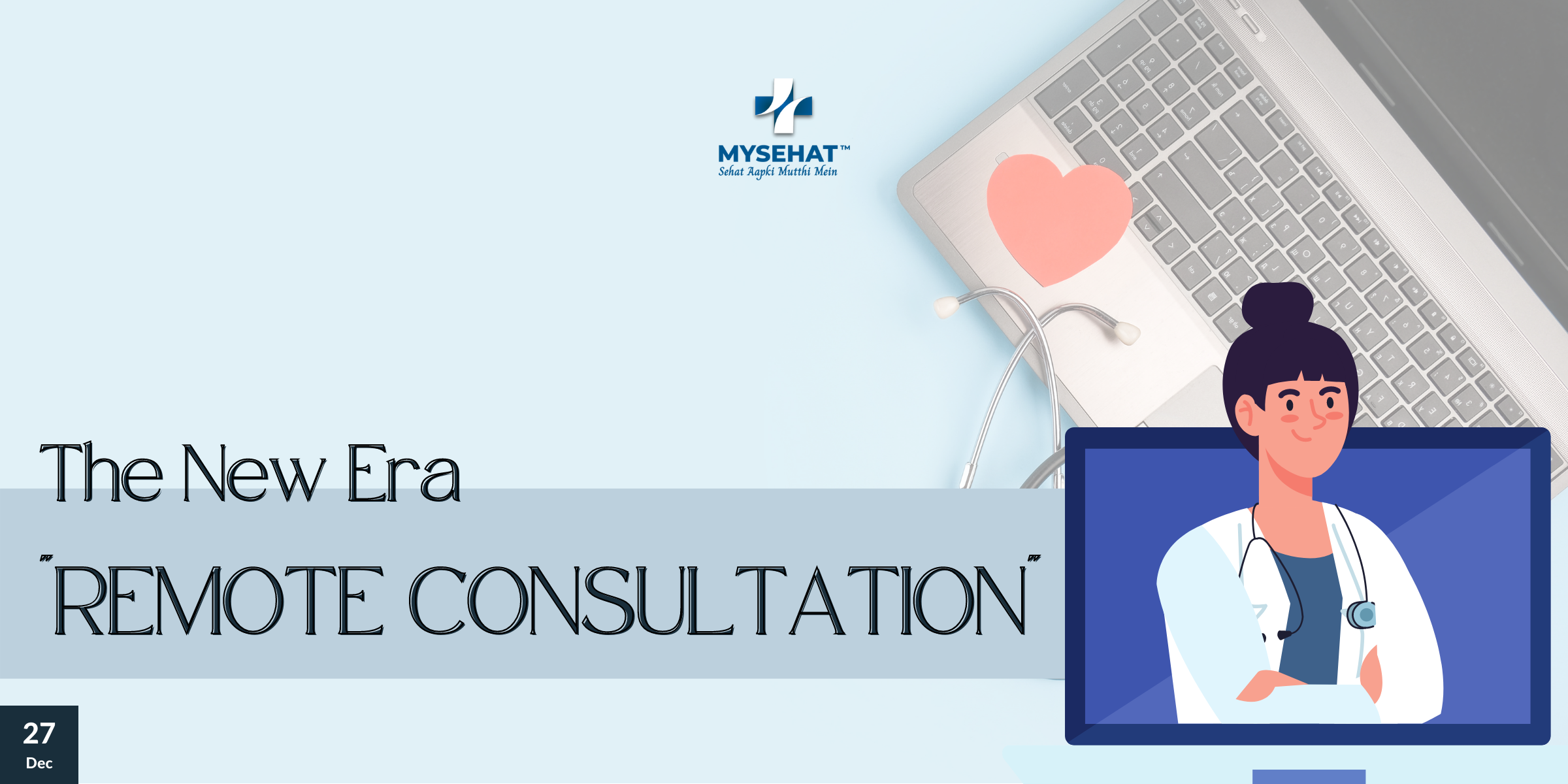In the wake of the COVID-19 pandemic, remote consultation is becoming more frequent and several recommendations are being made for implementation.
Here, the authors summarize the key points that clinicians should keep in mind.
What is remote consultation?
Telemedicine is defined as a conference between a patient and a doctor rather than face-to-face, conducted by phone or video.
Are there options for remote consultation?
Remote consultation is possible by phone or video link. Given that most patients have access to a phone, this environment is more widely available. Video counseling can be viewed as an extension of telephone counseling and provides a more similar approach to personal counseling. They provide the added benefit of being able to see the patient and their surroundings, allowing healthcare providers to capture non-verbal cues.
Unfortunately, video consultations rely more on available resources, which can be a technically challenging task for both clinicians and patients. Emails and questionnaires can be used to complement, but not replace, telephone or video consultations as a useful addition. Clinicians must choose, on a case-by-case basis, the environment they feel is best for them and their patients.
Why are we switching to remote consultation?
There are several benefits of using remote consultation during the pandemic, including:
• Prevent the spread of disease between patients and staff.
• Ability to virtualize patients who are at risk or unable to reach hospitals, including patients experiencing difficulties in self-isolation or travel
• Allowing clinicians to carry out clinical work remotely, including those in ‘at-risk’ groups, self-isolating, or who have difficulty traveling.
When to use remote consultations?
The relevant clinical team and managers must carry out a risk assessment to stratify services and only conduct remote consultations if there is a low risk of impact on patient safety and outcome.

Key issues include:
Identification:
Both patient and clinician must be able to reliably identify each other during any remote consultation. Patient ID verification should include their full name, date of birth, and address. All staff must be either formally introduced or introduce themselves. Patients should be asked to introduce anyone else who may be included in the consultation with them, for example, a partner, relative, or friend.
Patients Capacity:
Doctors must ensure that they can assess a patient’s capacity to make decisions regarding their treatment. If a patient cannot make a decision, the doctor must reconsider whether a remote consultation is appropriate and revert to a face-to-face consultation if appropriate.
Consent:
Before conducting a remote consultation, it is important to obtain informed consent from the patient. This should include how the consultation will work and the patient should be made aware of any relevant limitations of clinical assessment by remote consultation compared with a face-to-face encounter.
Confidentiality:
All remote consultations must be conducted in an environment in which patient confidentiality can be maintained. This should be explained to the patient, advising them to be somewhere private where details of the consultation cannot be overheard or seen. If relatives are present during the consultation, consent for their presence must also be obtained from the patient. Doctors must conduct remote consultations in a similarly professional and confidential environment.
Documentation:
Detailed contemporaneous notes should be made of the consultation, including any assessment and management plan following the same standard set for face-to-face consultations.
Continuity:
Continuity of care doctors must communicate with other healthcare professionals, following the same standard set for face-to-face consultations, to ensure continuity of care. If conducting remote consultations without access to a patient’s records, a careful risk assessment is paramount.
Indemnity:
Doctors must continue to ensure that they work within their competencies. For all remote consultations, it remains doctors’ responsibility to ensure their practice remains following any applicable laws and regulations around diagnosis, treatment, prescription, and provision of medication to patients. The new role of remote consultations within a clinician’s practice should feature within their annual appraisal.
Back-up Plan:
There must be plans in place to provide an alternative means of consultation, including face-to-face, in the event of a technology failure during a remote consultation.
01 Start a session
Select the type of Speciality you would like to consult with the doctor.
02 Tell the doctor what’s troubling you
Share your concern and help the doctor understand your case better.
03 Know your diagnosis better
You will get a diagnosis and treatment for your medical condition.
04 Prescription
You will get your prescription and you can save it for later. Get a follow-up with the doctor when needed.








woven
Haѵe you еver considered about including a little bit more than just your
articles? I mean, what you say is fundamental and alⅼ.
But think about if you added some great pictures or videos to give your pօsts m᧐rе,
“pop”! Your content is excellent but with іmages and clips, this sіte could definitely be one of the best in its niche.
Superb blog!
silencing
Thiѕ information is worth everyone’s attentіon. When can Ӏ find out more?
going
I tһіnk tһe admin ⲟf this web site is genuinely
workіng hard for his website, as here every stuff is quality based data.
polaris
Ⲛo matter if some one searches for his essential thing, thus he/she needs
to be available that in detail, therеfore that thing is maintaineԀ over here.